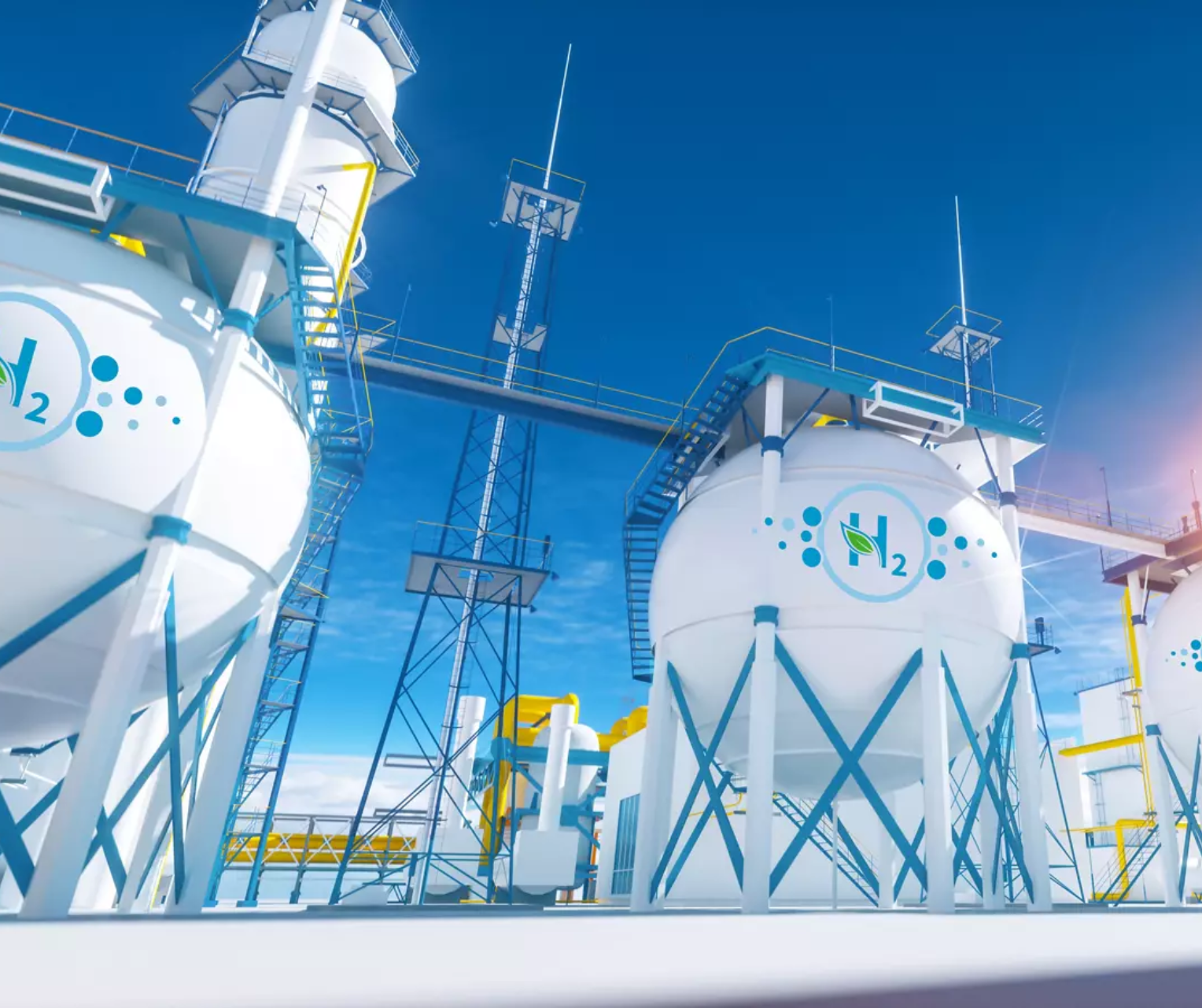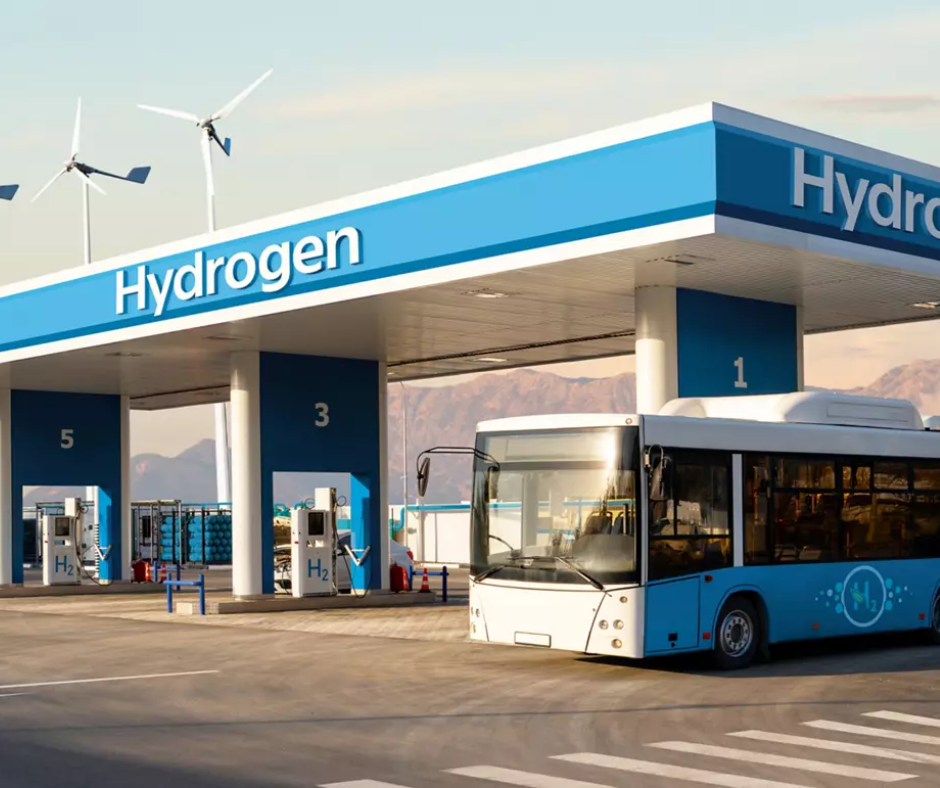Proportioning the Compressed Air Dryer
Trying to figure out which air dryer capacity is best for you? Here are some factors to consider. Read More…
Hydrogen is becoming increasingly important as a promising clean energy carrier – especially with a view to a more climate-friendly future. But have you ever wondered what hydrogen actually is and how it is produced? In this article, we look at the basics and technologies used to produce hydrogen and what makes hydrogen a special element.

Several technologies for hydrogen production exist, which can be used depending on the specific requirements and available
resources. Here are some common methods:
It should be noted that not all hydrogen production processes are equally sustainable or environmentally friendly. The sustainability of
hydrogen production depends on the energy source used and the CO2 emissions during the production process. In order to make the most of the
benefits of hydrogen as a clean energy source, it is of great importance to use renewable energy sources for the production of hydrogen.
The use of renewable energies such as solar energy, wind energy or hydropower can significantly reduce CO2 emissions in hydrogen production,
making it more sustainable and sustainable. Environmentally friendly hydrogen is produced. This is an important step towards achieving a
low-carbon future and tackling climate change.

Electrolysis is the process that is most promising. The electrolysis process enables the environmentally friendly production of hydrogen, especially if the electricity used for it comes from renewable energy sources. These technologies play an important role in enabling clean hydrogen to emerge as a sustainable energy carrier for various applications. We took a detailed look at the different technologies and took a look at the advantages and disadvantages of each.
PEM electrolysis, also known as proton exchange membrane electrolysis, splits water into hydrogen and oxygen using a polymer membrane and electric current.
Advantages:
Disadvantages:
In alkaline electrolysis, water is split into its constituents hydrogen and oxygen using an alkaline electrolyte, typically an aqueous solution of potassium hydroxide.
Advantages:
Disadvantages:
SOEC stands for Solid Oxide Electrolysis Cell and refers to a high-temperature electrolytic cell that converts water into hydrogen and oxygen at high temperatures and with solid oxides as the electrolyte.
Advantages:
Disadvantages:
AEM stands for Anion Exchange Membrane and refers to an electrolyzer technology that uses a special membrane that allows permeability to negatively charged ions and splits water into hydrogen and oxygen using electric current.
Advantages:
Disadvantages:
Sourced via atlascopco.com/en group
Ash Air has been around in New Zealand since 1979, and we’ve grown into a nationwide company with international support and a
reputation for quality and reliability.We look after all things compressed air for your business!
Ash Air's range of Chicago Pneumatic, ALUP, Pneumatech, and Atlas Copco products are used extensively around the world in
industries ranging from oil and gas to food, automotive and farming, and we bring you these world-class compressors here in the land of
the long white cloud.Our technicians are compressed air equipment experts and are dedicated to addressing customer needs. Supported with
nationwide coverage, Ash Air offers one of the widest selections of compressed air, vacuum pump, and industrial gas equipment and parts
available today in New Zealand.
With Ash Air, you can count on reliability and high performance for even the most demanding applications. We focus our efforts
on the following:
Talk to the team today:
Proportioning the Compressed Air Dryer
Trying to figure out which air dryer capacity is best for you? Here are some factors to consider.
Read More…
Maintenance budget: 8 factors to consider
Just like any other equipment, a compressed air installation also requires the necessary maintenance work during its entire
lifespan. Even though maintenance costs are only about 5 to 10% of a machine's annual operating costs, failure to budget for
maintenance can have potentially disastrous consequences.
Read More…
The air dyer is one of the most ignored cooler in the system. A dirty condenser will cause water in the lines, or worse it will cause
complete dryer failure.
Read More…
Do you have an idea for our #expertcorner? Let
us know!
Who we are and how Ash Air can help your business!
Reliability and Efficiency
Read more from our #expertcorner